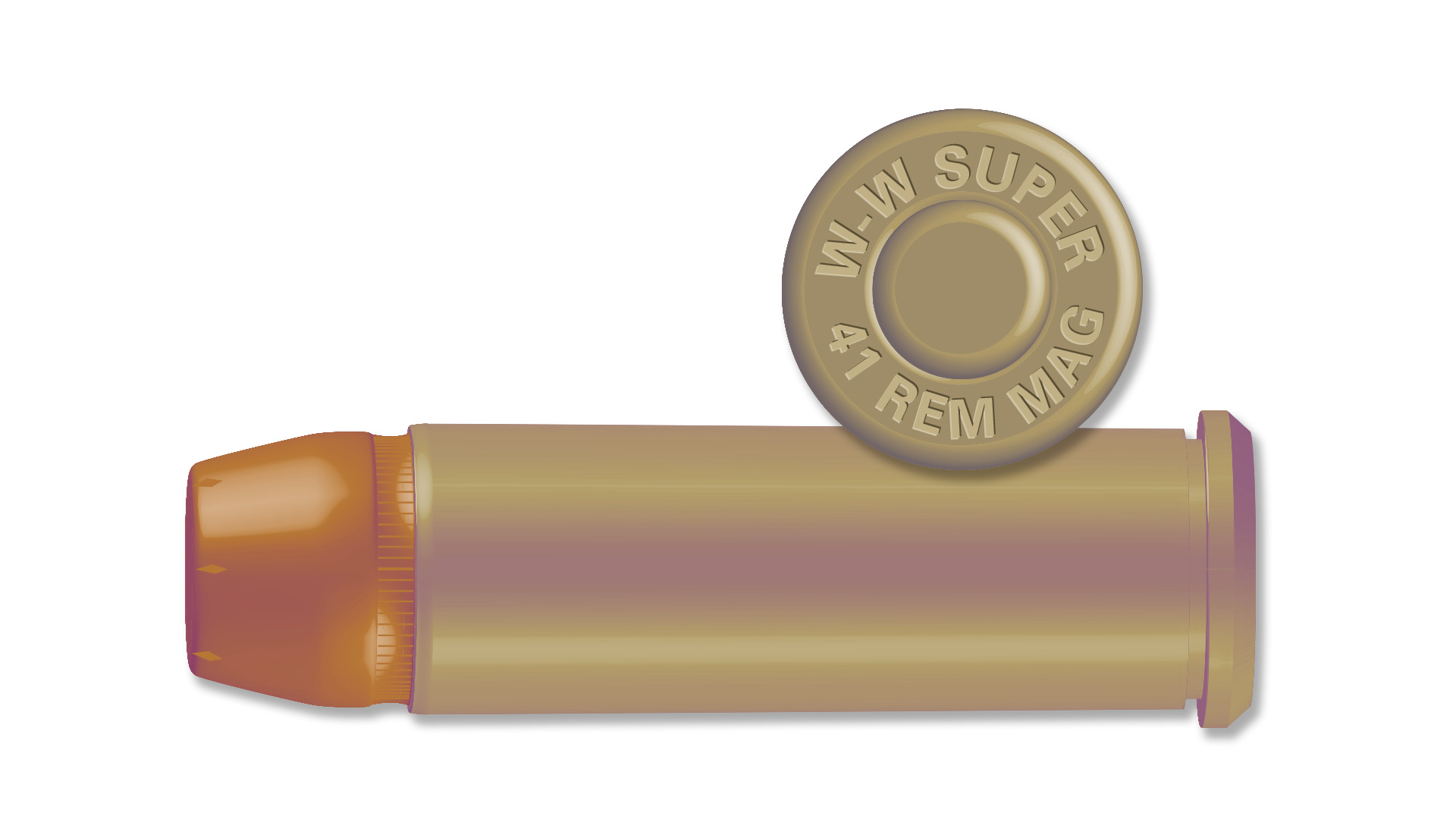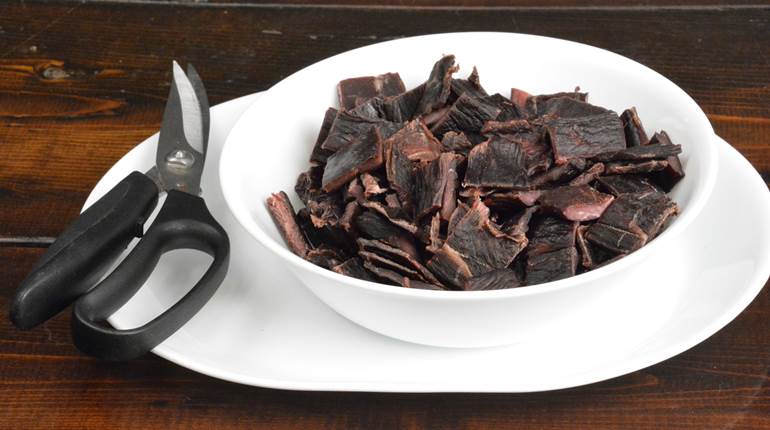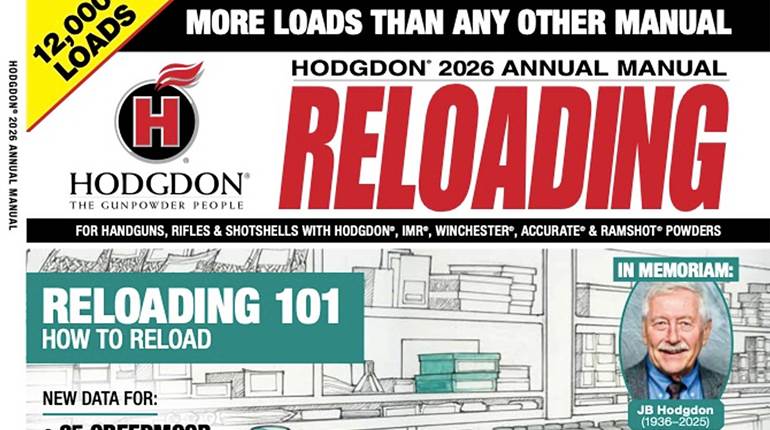
The .41 Remington Magnum perseveres, despite being pinched between the .357 and .44 magnums. Versatility is the reason. On the mild side, the .41 Mag. shooting 210-grain cast bullets at a leisurely 850 f.p.s. is as easy to handle as a handshake. But, at the extreme end, the .41 generates about all the recoil most of us can manage firing full-measure loads with 210- or 220-grain jacketed bullets.
 The standard jacketed bullet for the .41 weighs 210 grains, and Hornady, Nosler, Sierra and Speer each manufacture a bullet of that weight. A hollow cavity in the nose of the bullets initiates expansion. The Speer DeepCurl’s jacket is electroplated to its lead-alloy core with petals formed in the nose to control expansion.
The standard jacketed bullet for the .41 weighs 210 grains, and Hornady, Nosler, Sierra and Speer each manufacture a bullet of that weight. A hollow cavity in the nose of the bullets initiates expansion. The Speer DeepCurl’s jacket is electroplated to its lead-alloy core with petals formed in the nose to control expansion.
Lots of propellants work well in the .41. The Speer Handloading Manual Number 15 lists 13 propellants loaded with DeepCurl bullets; Alliant Power Pro 300-MP and Winchester 296 developed the highest velocities. The recipe shown here lists 21.0 grains of IMR 4227, which was only about 100 f.p.s. slower than the 296 propellant fired through an Old Model Ruger Blackhawk’s 6.5" barrel. Speer used CCI 300 standard large pistol primers to ignite IMR 4227; I used Winchester large pistol primers, and they produced a standard deviation of 33 f.p.s. over 15 shots.
Accuracy of the DeepCurl bullets was good, with five, five-shot groups averaging 1.20" at 25 yards—and that was from the Blackhawk’s well-worn barrel that has fired thousands upon thousands of rounds over the past 50 years. Recoil of the recipe load was quite acceptable; the Blackhawk’s plow-handle grip eased felt recoil by directing the revolver upward instead of straight back into the web of the hand. Certainly the .41 Magnum’s kick was stiffer than a .357’s, but much milder than a .44 Mag.





































